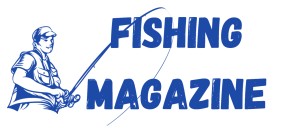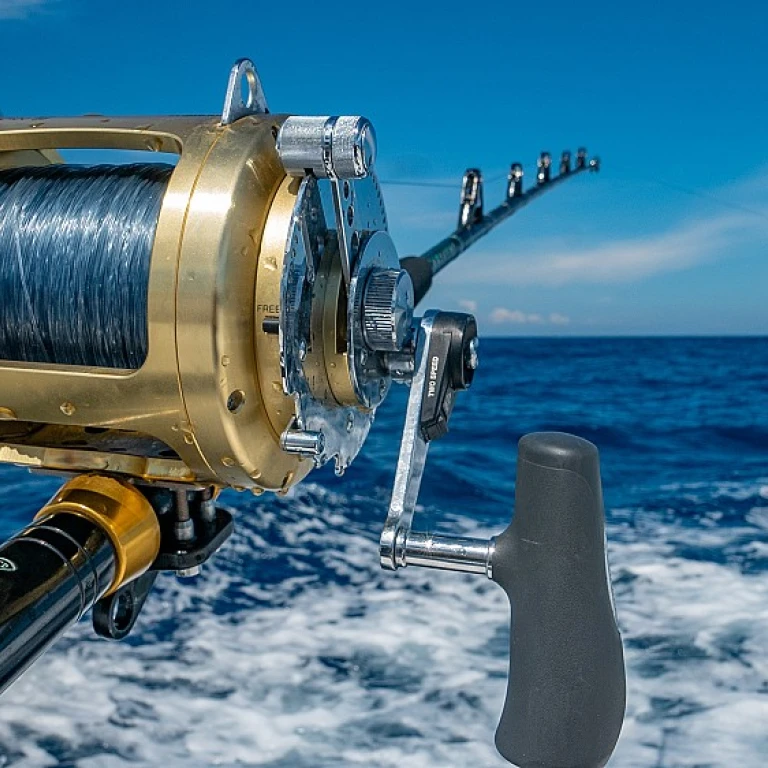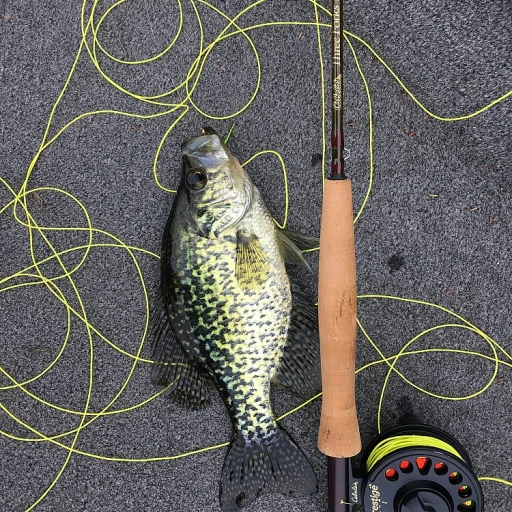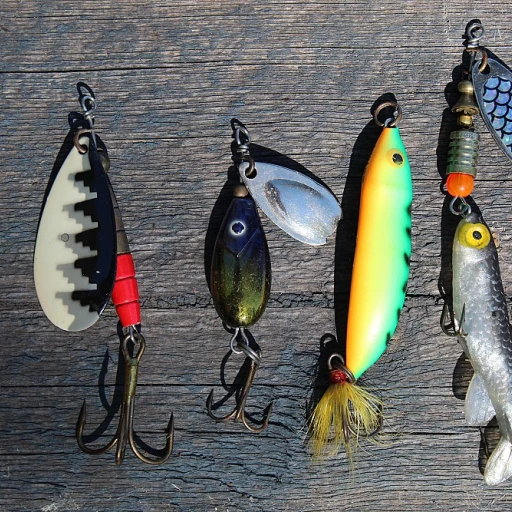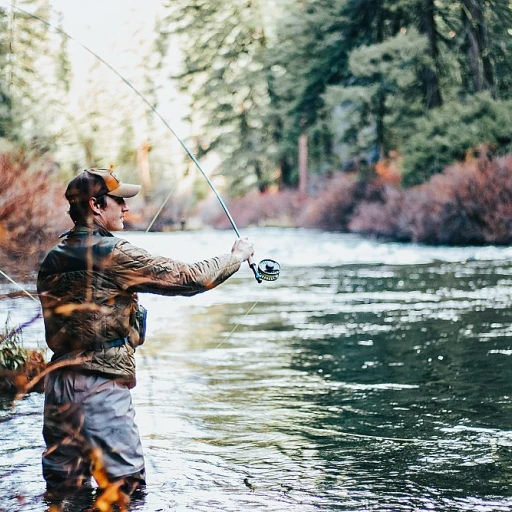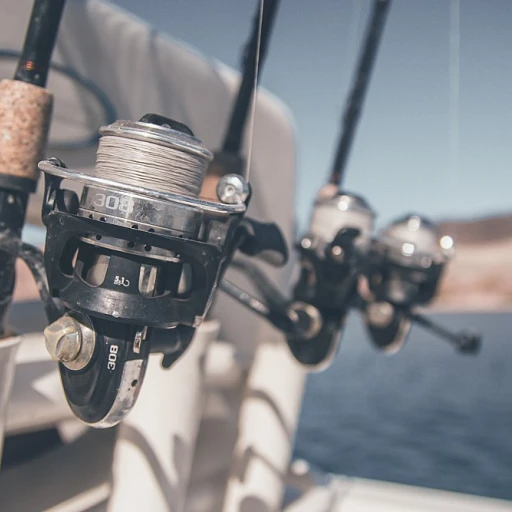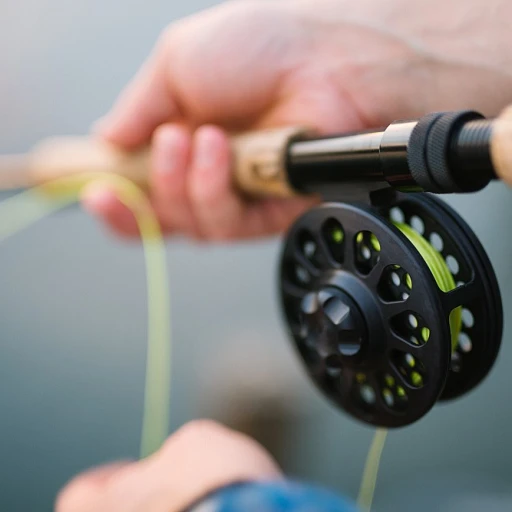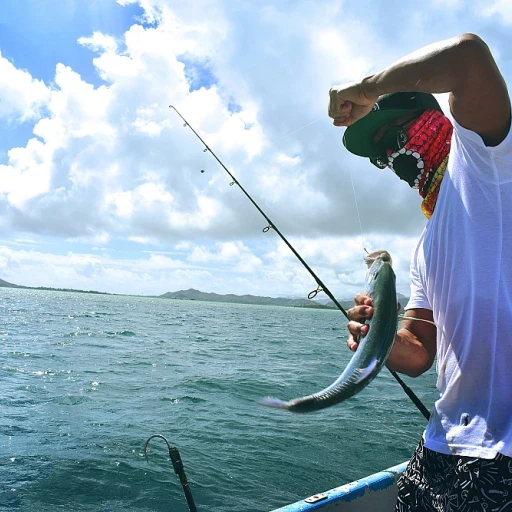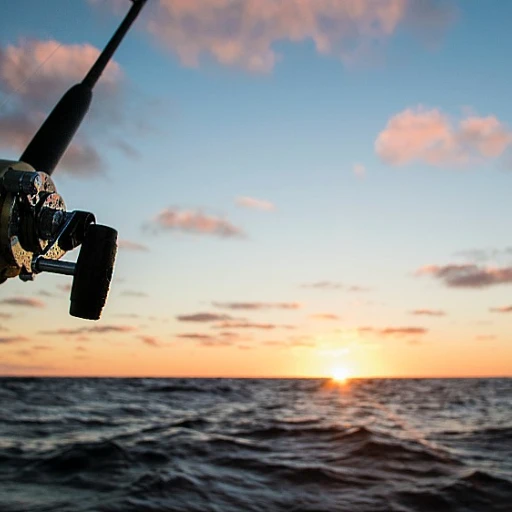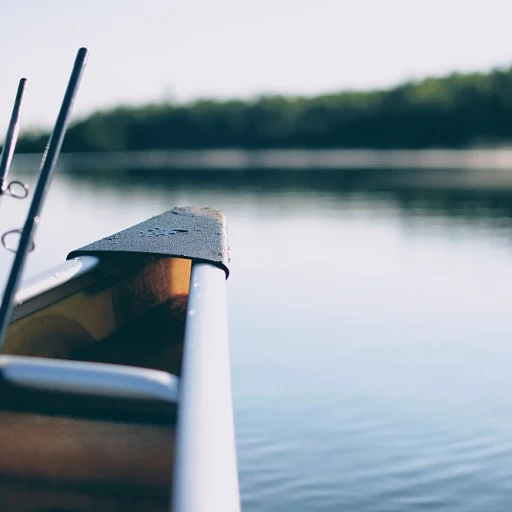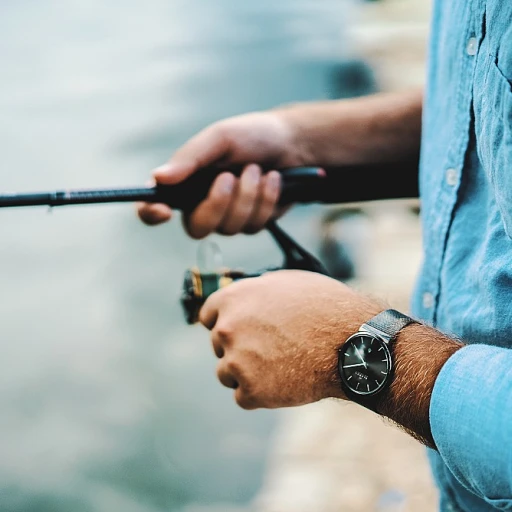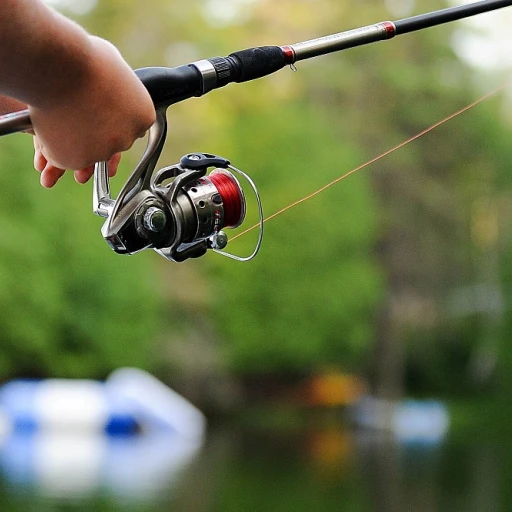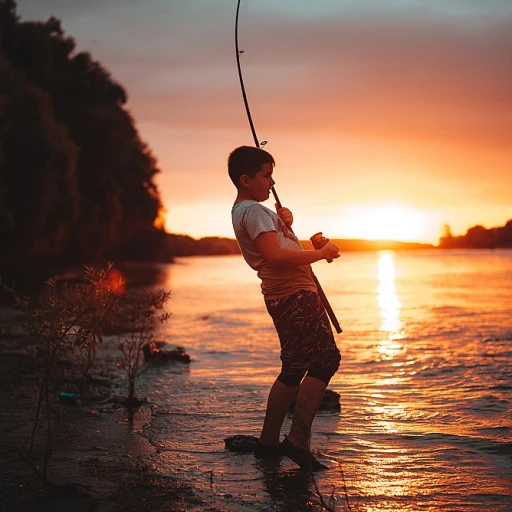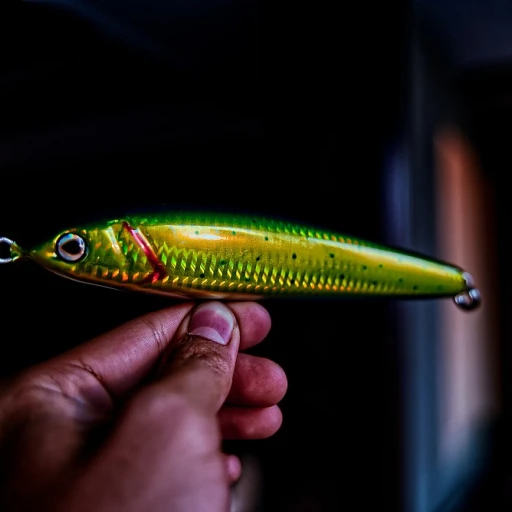
Understanding Fly Fishing Basics
Getting Started with Fly Fishing
Fly fishing can be incredibly rewarding once you grasp the foundational elements. At its core, it's about connecting with nature and honing your skills to catch fish such as trout in their natural habitat. Unlike spinning gear methods, fly fishing uses a completely different approach which involves using a fly rod, line, and reel. The experience isn't just about the catch, but about mastering the technique, understanding the water, and selecting the right gear.
To start with fly fishing, it's important to understand the role of each component in your setup. Your fly fishing gear comprises a rod, reel, fly line, leader, and tippet. These elements work in unison to deliver your fly to fish delicately. The efficiency and effectiveness of your fishing with a fly rod depend greatly on selecting appropriate gear, so it pays to spend some time understanding the compatibility of these components.
In fly fishing, you’ll be using artificial flies to mimic natural fish food. Whether you're using dry flies, wet flies, or nymphs, it's crucial to know which ones to deploy based on various conditions. Each type of fly pattern serves a different purpose, whether you're targeting fish just below the water surface or deeper.
While spinning techniques might focus on casting distance, fly fishing emphasizes precision and the ability to match the hatch with your fly patterns. This means choosing patterns that closely replicate the insects present in the water at the time you're fishing. Understanding how to do this not only increases your chances of a successful catch but also enriches the experience.
Beyond selecting the proper gear, it’s crucial to recognize fly fishing etiquette and conservation principles. This ensures a sustainable fish population and helps maintain the natural beauty of the fishing environment for future enthusiasts.
For those interested in further enhancing their fly fishing setup and discovering ideal gift ideas for passionate anglers, check out the perfect presents for passionate fly fishermen.
Selecting the Right Fly Fishing Gear
Choosing Fly Fishing Tools
Gathering the right fly fishing gear is a crucial step for a successful adventure on the water. While mastering casting techniques and reading the water are essential skills, starting with an appropriate setup will make these tasks more manageable. Here’s what you need to consider when selecting your fly fishing gear:
- Fly Rod: For beginners, a versatile fly rod in a mid-weight class (5-6 weight) is often recommended. This rod serves well for catching trout and small stream fish. Consider your fishing location; if you fish larger water bodies or in windy conditions, a heavier rod might be necessary.
- Fly Reel: Match your reel with the rod’s weight and ensure it has a smooth drag system. A balanced rod and reel will offer better control and make the casting experience smoother.
- Tippet and Leader: The tippet is the final connection between your fly and the leader. Use a good quality leader that's appropriate for the fish species you're targeting. Fluorocarbon tends to sink and is beneficial when fishing below the surface, while monofilament is perfect for dry fly presentations.
- Flies: Carry a variety of fly patterns, including dry flies, nymphs, and wet flies to match the fish's feeding habits and water conditions. Understanding when to use each helps increase your chances to catch fish.
- Fly Fishing Gear: Don't forget the basics like a line clipper, forceps, and a good fly box to store your selection of flies. Comfort items such as a vest or pack to carry your gear can make your time on the water much more enjoyable.
With these essentials, you set the foundation for an effective fly fishing setup, ready to challenge any condition or fish species. For those interested in the intricacies of fly patterns and fly tying, gaining deeper insights can significantly boost your effectiveness and enjoyment on the water. Discover more in-depth information on enhancing your skills in fly tying.
Choosing the Perfect Flies
Choosing the Appropriate Fly Patterns
Selecting the right flies is crucial for successfully attracting and catching fish during your fly fishing adventures. Always consider the fish species, water conditions, and the prevalent insect life in your fishing location. Here are some essential tips to guide you:
- Understand the Hatch: Pay attention to the local hatch of insects. Trout and other fish often feed on what's naturally available, so mimicking these natural food sources is key to enticing them.
- Use Different Types of Flies: It's beneficial to have a variety of fly types, including dry flies, wet flies, and nymphs. Each serves a different purpose and works well in varying conditions. For instance, when targeting trout in calm waters, a dry fly may be your best bet.
- Match Fly Size to Fish: Small flies often work well for catching smaller fish, while larger patterns may be necessary for bigger catches. Size also reflects the stage of insect life you are trying to imitate.
- Consider Fly Fishing Gear: Your setup, including the fly rod and tippet, should complement your choice of fly. For beginners, a versatile selection of fish flies can be a good starting point.
Experiment with various patterns such as caddis flies or specific seasonal patterns. Taking time to learn fly tying can also provide the flexibility to adapt to changing conditions. As you become more skilled in reading the water and refining your casting techniques, your ability to select the perfect fly will naturally improve. Explore the wide array of perfect presents for enthusiastic fly fishers to expand your collection and feel more confident with your gear. Fly fishing offers endless possibilities for creativity and strategy, so stay curious and keep refining your approach.
As you consider your entire setup, remember that patience and practice are invaluable. Understanding how each component interacts with your fly is crucial to mastering the art of fly fishing.
Mastering Casting Techniques
Mastering Your Casting Strategies
When it comes to fly fishing, developing effective casting techniques is as crucial as reading the water or selecting the right gear. Casting is much more than just a motion—it's an art that requires practice, patience, and a refined understanding of your fly rod and the environment. First, familiarize yourself with the basic overhand cast. This fundamental step will serve as the foundation for more advanced techniques. When executing the cast, ensure your wrist is firm and movements are fluid. Practicing with a well-balanced fly rod and suitable tippet will help maintain control and accuracy. Once you've grasped the basics, experimenting with techniques such as roll casting, single spey casts, and double hauls will greatly improve your skill set. Each method is designed for specific water conditions and scenarios, such as casting under low-hanging branches or reaching distant trout in a pool. Don’t rush the process; steady and repetitive practice over time will translate into precision and ease in real-life fishing situations. Incorporate dry flies and wet fly tactics. Casting a dry fly often requires delicate precision to tempt surface-feeding trout. Conversely, successfully delivering a wet fly involves skillfully managing your line in varied water depths. Properly applying these can make the difference in whether you catch fish consistently or return home empty-handed. Don't forget about the importance of timing and rhythm. A good cast with the right rhythm feels almost like a dance, where you’re in sync with the fly rod, fly, and the lake or river's current. Fly fishing with a spinning rod or switching between spinning gear and fly fishing setups, bear in mind the distinct differences and settle into your rhythm for each. Ultimately, whether you're casting a dry fly or a nymph, the key is to choose methods that align with the specific fishing environment and the behavior of the fish. Regular practice, coupled with a deeper understanding of your equipment and the natural surroundings, will elevate your fly fishing adventures to the next level.Reading the Water
Interpreting the Aqueous Environment
Reading the water is a nuanced skill that every fly fishing enthusiast must cultivate. It holds the key to effectively identifying where trout and other fish might be lurking, ready to strike at your dry flies, nymphs, or wet fly setups. First, understand that fish, especially trout, tend to congregate in specific parts of the water, mainly where they can find food, shelter, and the least resistance from the water's current. Different fly patterns relate to different depths and currents, and your ability to decipher these water cues is crucial.- Observe Water Movement: Fast-moving waters might seem intimidating, but they often push insects and consequently fish into pools or slower stretches downstream. Here, your point fly or dry fly might be most effective.
- Identify Riffles, Runs, and Pools: Riffles — the shallow portions with a slightly faster current — can be home to a good number of feeding fish. Runs offer a more consistent flow where fish gather, while pools provide rest spots for fish tired from battling strong currents.
- Look for Structure: Identify any elements that break the water flow, such as rocks, logs, or submerged structures. These areas often harbor fish that are keen on catching their next meal, especially when using fishing flies like nymphs or dry flies.
- Depth Analysis: Different fish prefer various water depths. Trout, for example, could be caught well with a dry fly on a fly rod if they are feeding near the surface, or with spinning gear and a little help from a spinning rod if they're closer to the riverbed.
- Consider Water Clarity and Temperature: You'd be surprised how much these factors influence fish behavior. In clear waters, you can often spot fish directly; whereas, in murkier conditions, you might need to rely more on your knowledge of fish habits to catch fish effectively.
Fly Fishing Etiquette and Conservation
Angler's Decorum and Environmental Stewardship
Engaging in fly fishing, like fly tying or reading the water, requires not only skill but also a level of respect and care for the environment and other anglers. Whether you're casting your dry flies or employing wet fly techniques to lure trout from beneath the surface, it's important to practice good fishing etiquette and conservation.
Always adhere to local regulations and guidelines to protect fish populations. Use a fly rod and tippet setup that minimizes harm. When releasing fish, especially sensitive species like trout, handle them gently and keep them in the water as much as possible to reduce stress.
Environmentally conscious anglers maintain their surroundings by leaving no trace. Make it a habit to collect all used lines, flies, or spinning gear, ensuring no debris is left behind. Conservational efforts like these help maintain the delicate balance of water ecosystems, ensuring thriving populations and pristine fishing locations for the future.
Finally, when fly fishing with a rod in shared waters, be courteous to fellow anglers. Maintain a respectful distance and communicate clearly, whether you've caught fish or are still trying to improve your casting techniques. This cooperation creates a pleasant experience for everyone involved and fosters a well-membered fishing community dedicated to sustainable practices.
